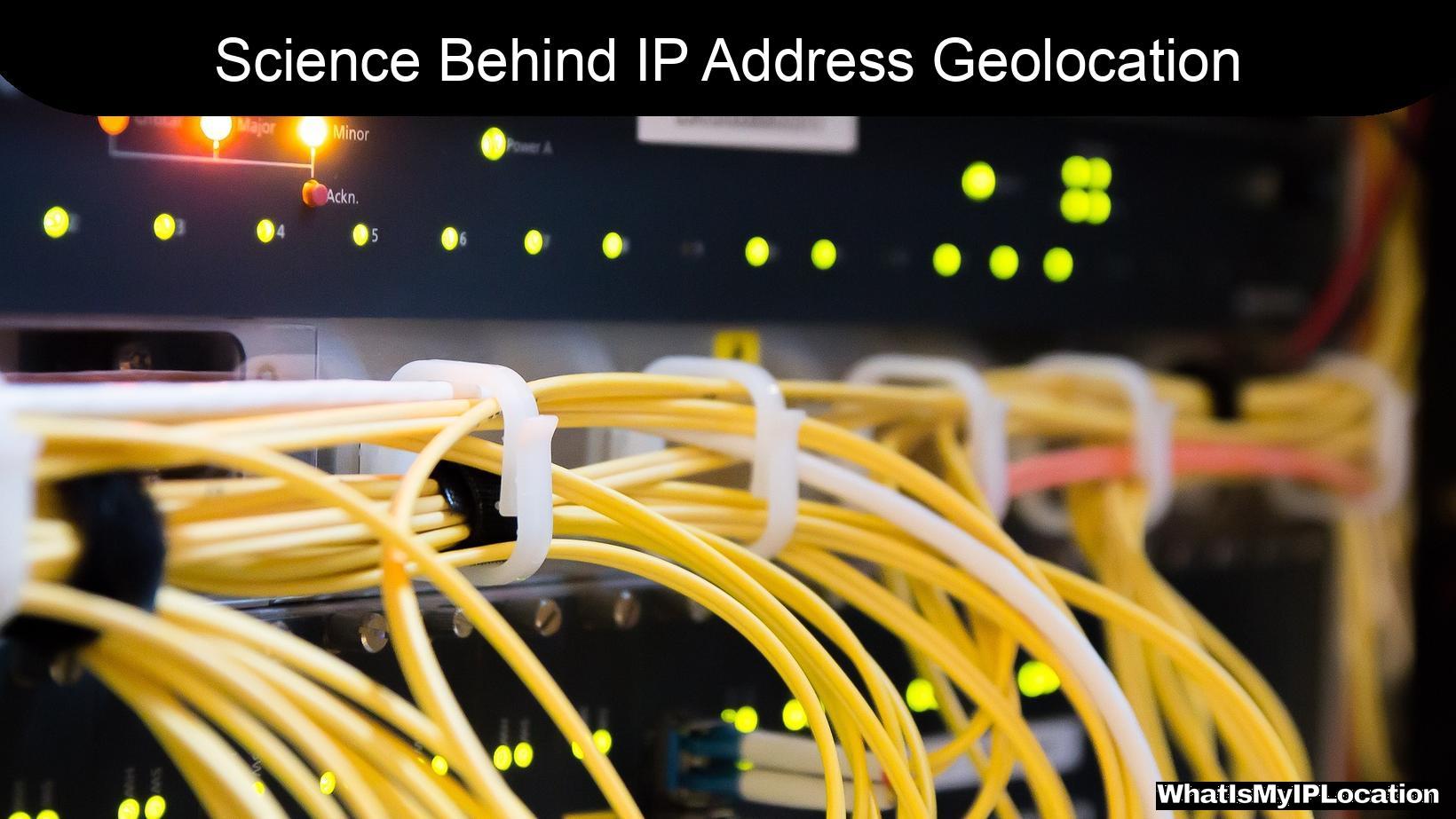In our increasingly digital world, the concept of IP address geolocation has become a fascinating topic. It’s not just about where you are physically located; it’s about how that information can be used in various applications, from targeted advertising to enhancing user experiences. Let’s dive into the science behind it and explore how it works, its applications, and its implications.
What is an IP Address?
An IP address (Internet Protocol address) is a unique identifier assigned to each device connected to the internet. Think of it as your device’s home address on the web. Just like a postal address helps in delivering mail, an IP address helps in routing data to and from your device.
Types of IP Addresses
- IPv4: The most common type, consisting of four numbers separated by periods (e.g., 192.168.1.1). It allows for about 4.3 billion unique addresses.
- IPv6: A newer version designed to replace IPv4, featuring a longer format that allows for a virtually unlimited number of addresses.
How Does IP Address Geolocation Work?
IP address geolocation is the process of determining the physical location of a device based on its IP address. This is achieved through a combination of databases, algorithms, and various data sources. Here’s a simplified breakdown of the process:
1. Data Collection
Geolocation services gather data from various sources, including:
- Regional Internet Registries (RIRs): Organizations that manage IP address allocation in specific regions.
- User-submitted data: Information provided by users when they register for services.
- Network infrastructure: Data from ISPs (Internet Service Providers) about their network topology.
2. Database Creation
The collected data is compiled into databases that map IP addresses to geographical locations. These databases are regularly updated to reflect changes in IP address allocations and user data.
3. Geolocation Algorithms
When a request for geolocation is made, algorithms analyze the IP address against the database to determine its approximate location. This can include:
- Country
- Region
- City
- Latitude and Longitude
4. Accuracy Levels
The accuracy of IP geolocation can vary. Here’s a quick overview:
| Accuracy Level | Description |
|---|---|
| Country Level | Identifies the country of the IP address. |
| Region Level | Identifies the state or province. |
| City Level | Identifies the city. |
| ISP Level | Identifies the Internet Service Provider. |
| Latitude/Longitude | Provides exact coordinates. |
Applications of IP Address Geolocation
The applications of IP address geolocation are vast and varied. Here are some of the most common uses:
1. Targeted Advertising
Businesses use geolocation to deliver personalized ads based on a user’s location. For example, if you’re in New York, you might see ads for local restaurants or events.
2. Content Localization
Streaming services like Netflix use geolocation to provide content that is relevant to your region. This means you might have access to different movies and shows depending on where you are.
3. Fraud Prevention
Financial institutions use geolocation to detect suspicious activities. If a user logs in from a location that doesn’t match their usual patterns, additional verification steps may be triggered.
4. Analytics and Insights
Websites can analyze visitor data to understand where their audience is coming from. This information can help in making strategic decisions about marketing and content creation.
5. Enhanced User Experience
Websites can tailor their content based on the user’s location, providing a more relevant experience. For instance, a weather website can show local forecasts based on the user’s IP address.
Limitations of IP Address Geolocation
While IP address geolocation is a powerful tool, it does have its limitations:
1. Dynamic IP Addresses
Many ISPs assign dynamic IP addresses, which can change frequently. This can lead to inaccuracies in geolocation data.
2. VPNs and Proxies
Users can mask their true location by using VPNs (Virtual Private Networks) or proxies, making it difficult to accurately determine their real geographical position.
3. Mobile Devices
Mobile devices often switch between networks (e.g., Wi-Fi and cellular), which can complicate geolocation efforts.
4. Privacy Concerns
Some users may be uncomfortable with their location being tracked, raising ethical questions about data collection and usage.
The Future of IP Address Geolocation
As technology continues to evolve, so does the field of IP address geolocation. Here are some trends to watch for:
1. Improved Accuracy
With advancements in data collection and machine learning algorithms, we can expect more accurate geolocation services in the future.
2. Integration with Other Technologies
Geolocation is likely to be integrated with other technologies, such as augmented reality (AR) and the Internet of Things (IoT), creating new applications and experiences.
3. Enhanced Privacy Measures
As privacy concerns grow, there will be a push for more transparent data collection practices and user control over their information.
Conclusion
The science behind IP address geolocation is a blend of technology, data, and algorithms that allows us to understand where we are in the digital landscape. From targeted advertising to enhanced user experiences, the applications are vast and impactful. However, it’s essential to remain aware of the limitations and ethical considerations that come with this technology.
As we move forward, the future of IP address geolocation holds exciting possibilities, promising to make our online experiences even more personalized and relevant. Whether you’re a casual internet user or a tech enthusiast, understanding this technology can help you navigate the digital world with greater awareness and insight.
